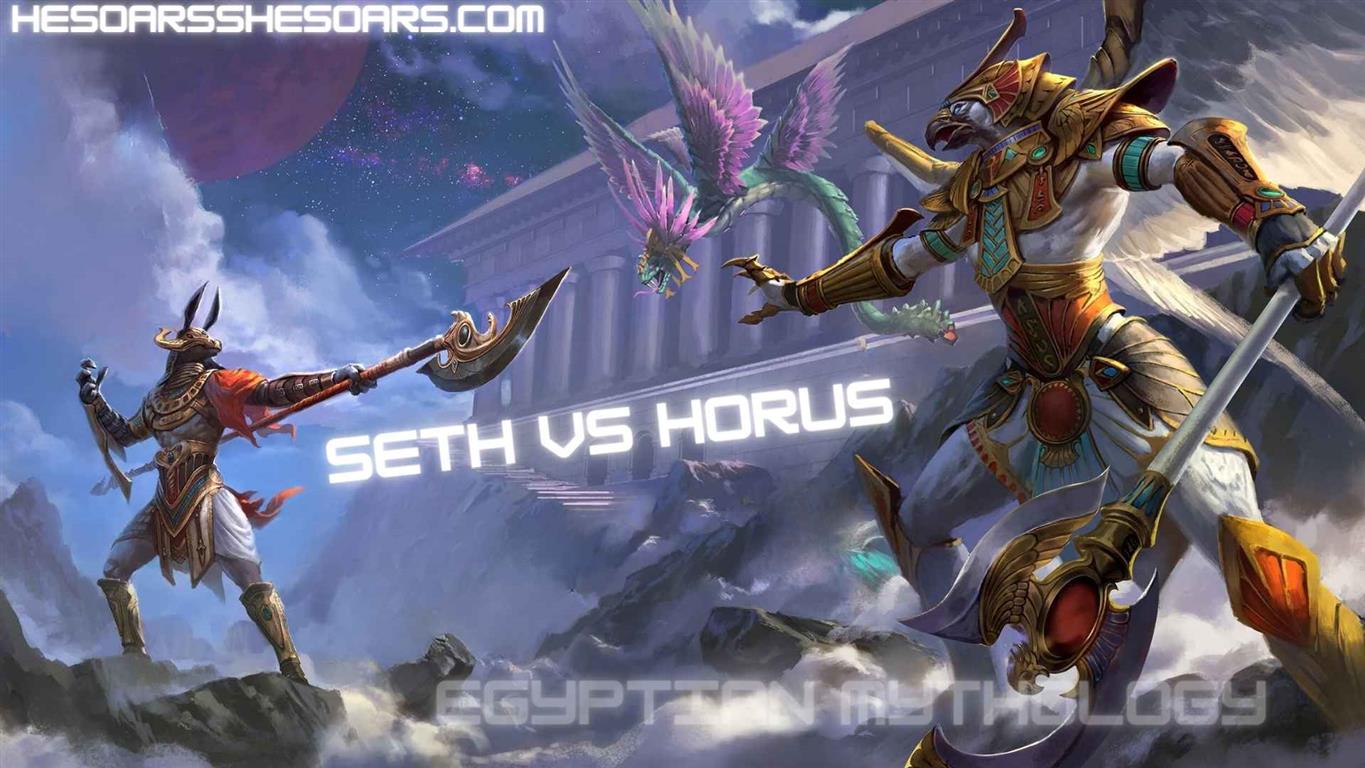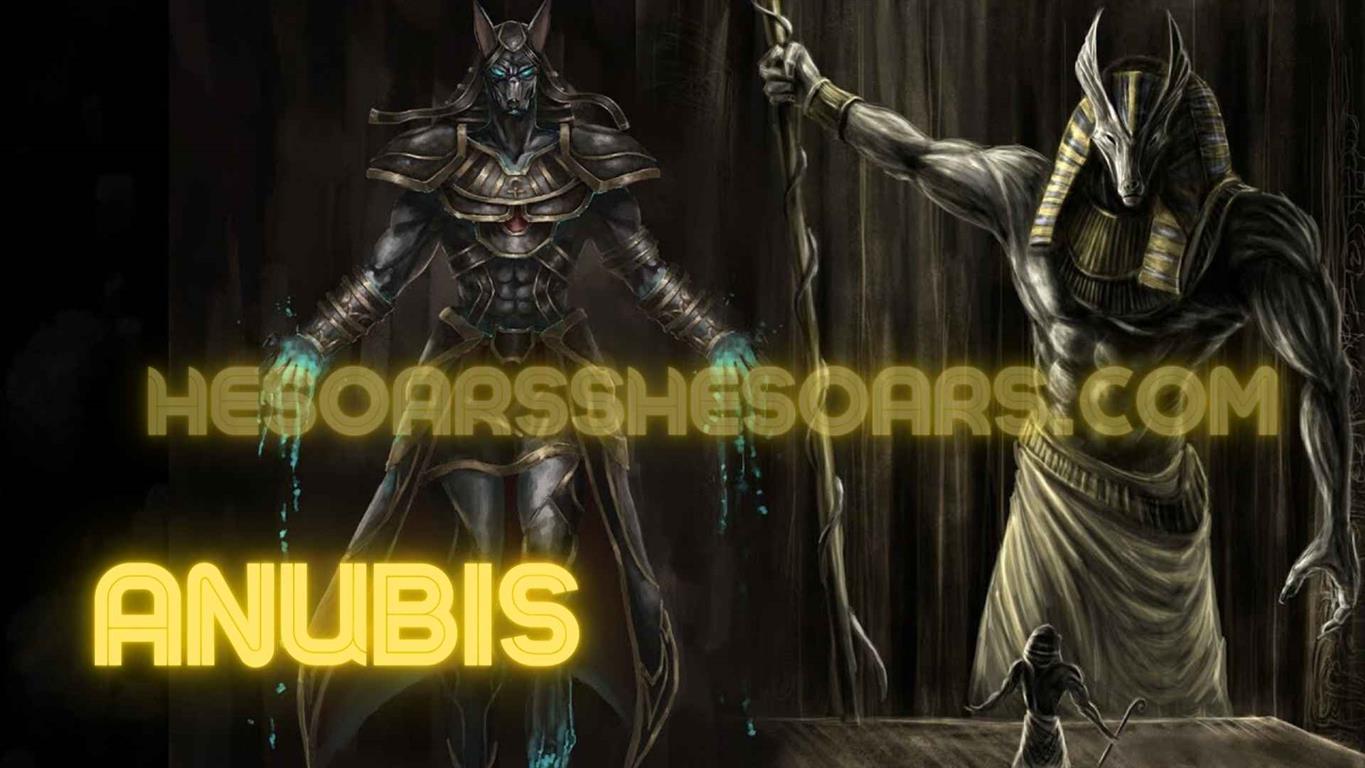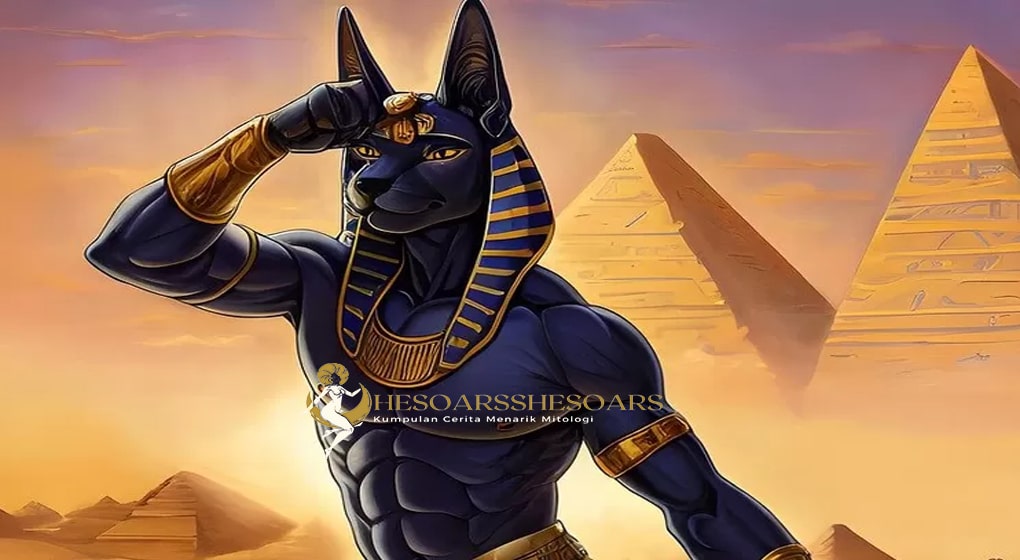Introduction Egyptian Mythology
Egypt, an ancient land of pyramids and pharaohs, is also home to one of the world’s richest mythological traditions. Spanning thousands of years and deeply intertwined with the country’s history and culture, Egyptian mythology offers insights into how the ancient Egyptians understood the world and their place in it.
Genesis of the World
According to ancient Egyptian beliefs, before the world came into being, there was a vast chaotic water called Nun. From this primordial soup, the sun god Ra (or Atum in some versions) emerged, creating himself and subsequently shaping the world. Ra then gave birth to Shu, the god of air, and Tefnut, the goddess of moisture. These deities, in turn, gave rise to the sky goddess Nut and the earth god Geb. The cosmos, as the Egyptians understood it, was set in motion.
Divine Tales Egyptian Mythology
While numerous deities populated the Egyptian pantheon, several gods and myths stood out:
1. Osiris and Isis
Osiris was a benevolent ruler and the god of the afterlife. His brother, Set, envious of his power, killed him. Osiris’s wife, Isis, using her magical prowess, resurrected him, albeit temporarily, just long enough for her to conceive their son, Horus. Osiris then became the ruler of the underworld, while Horus grew up to challenge and defeat Set.
2. The Eye of Ra
Ra’s eye, an independent entity, was his feminine counterpart and a fearsome force. However, Ra later regretted this decision and stopped her by making her drunk with beer dyed red to resemble blood.
3. The Journey of the Sun
Ra’s daily journey across the sky in a boat was a foundational myth. At night, Ra ventured into the underworld, where he faced challenges from chaotic forces and the serpent Apep. With the help of other deities, Ra overcame these obstacles, ensuring the sun’s return every morning.
Life, Death, and Afterlife
The Egyptians Gods had a profound belief in the afterlife. They viewed death as a temporary interruption rather than an end. The soul, or ‘Ka’, after death, would undergo judgment in the Hall of Maat, where the heart was weighed against the feather of truth. A heart lighter than the feather would allow the soul to proceed to the Field of Reeds, an eternal paradise. Anubis, the jackal-headed god, oversaw mummification, ensuring the deceased’s safe passage.
Symbolism and Legacy
Egyptian mythology was not just about gods and their tales. Symbols like the Ankh (representing life), Djed (representing stability), and the Scarab (representing rebirth and transformation) held profound meaning.
Pharaohs, seen as gods on Earth, played pivotal roles in these myths. Their tombs, adorned with mythological references, were designed to ensure a safe passage to the afterlife.
Conclusion Egyptian Mythology
Egyptian mythology, with its intricate web of tales, deities, and symbols, is more than just stories. It offers a mirror to the soul of an ancient civilization, reflecting their beliefs, hopes, fears, and their understanding of the very cycles of life, death, and rebirth. Even today, the allure of these myths beckons, drawing us into a world where gods walk among men, where magic is real, and where the boundaries between life and death are but thin veils to be traversed with courage and faith.




